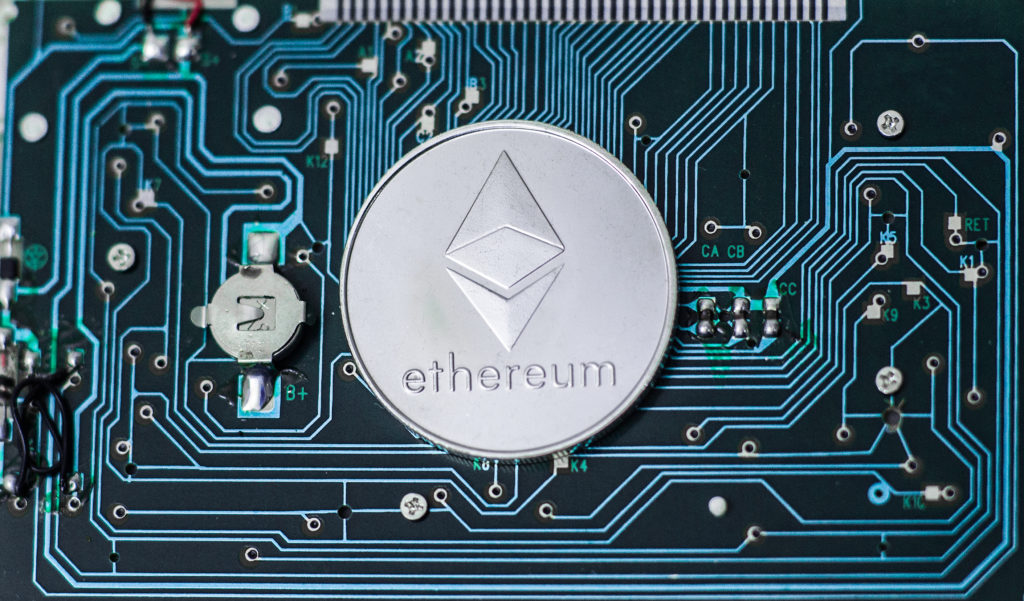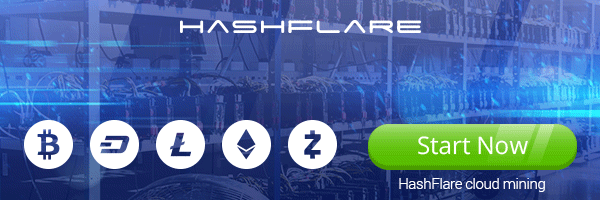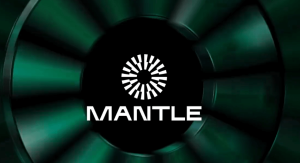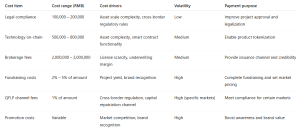Public Can Experiment With Ethereum Merge on New Kintsugi Testnet

A testnet has been launched for the public to experiment with simulated transactions when Ethereum merges with the Beacon Chain.
On Dec. 20 core developer Tim Beiko announced that the Kintsugi Merge Testnet was live. Testing the merge is an Ethereum Community initiative started by Marius van der Wijden and Parithosh Jayanthi.
Its primary aim is to get the community, projects, and client developers familiar with the post-merge environment that Ethereum will operate in.
“Over the past few months, client teams have been working tirelessly to implement a new set of merge milestones. They are now live on a new testnet: Kintsugi.”
Japanese pottery repair
The name Kintsugi has been derived from an art of Japanese pottery repair which involves fixing breakages with lacquer dusted or mixed with powdered gold, silver, or platinum. The repairs are treated as part of the history of the item, rather than something to be hidden.
Connecting to the testnet is easy and involves linking a MetaMask wallet, approving the notifications, and selecting the Kintsugi testnet from the network dropdown. The testnet has a faucet of simulated funds where users can experiment transacting with 50 ETH. There are several other options for connecting to the testnet for those who do not use MetaMask or are validators.
Beiko explained that after the merge, a full Ethereum client is comprised of a Beacon/Consensus node and an Execution engine which is handled by an existing ETH 1 client. He added that both layers maintain independent API endpoints and peer connections to handle their respective roles.
Feedback from Kintsugi will be incorporated into client software and specs and a final series of testnets will be launched, he added before concluding:
“After this, existing long-lived testnets will run through The Merge. Once these have upgraded and are stable, next up is Ethereum mainnet’s transition to proof of stake.”
According to the official documentation, the merge is slated for Q1 2022 providing testing proves to be stable. This will be one of Ethereum’s biggest milestones since it was spawned, marking the long-awaited transition from proof-of-work to proof-of-stake.
Those hoping for cheaper transaction fees will have to wait a little longer as that will not be part of the merge and will only be implemented when sharding is launched in the next phase of the roadmap.
Ethereum staking update
At the time of writing, there was 8.7 million ETH locked up on the Beacon Chain. At current prices of around $4,000, this is worth roughly $35 billion – or about the same as the entire Ethereum market capitalization in July 2020.
Ethereum stakers are currently earning 5.1% APY in a soon-to-be deflationary asset which sure beats the hell out of 0.25% interest for a highly inflationary asset at a high street bank.
Disclaimer
All the information contained on our website is published in good faith and for general information purposes only. Any action the reader takes upon the information found on our website is strictly at their own risk.













